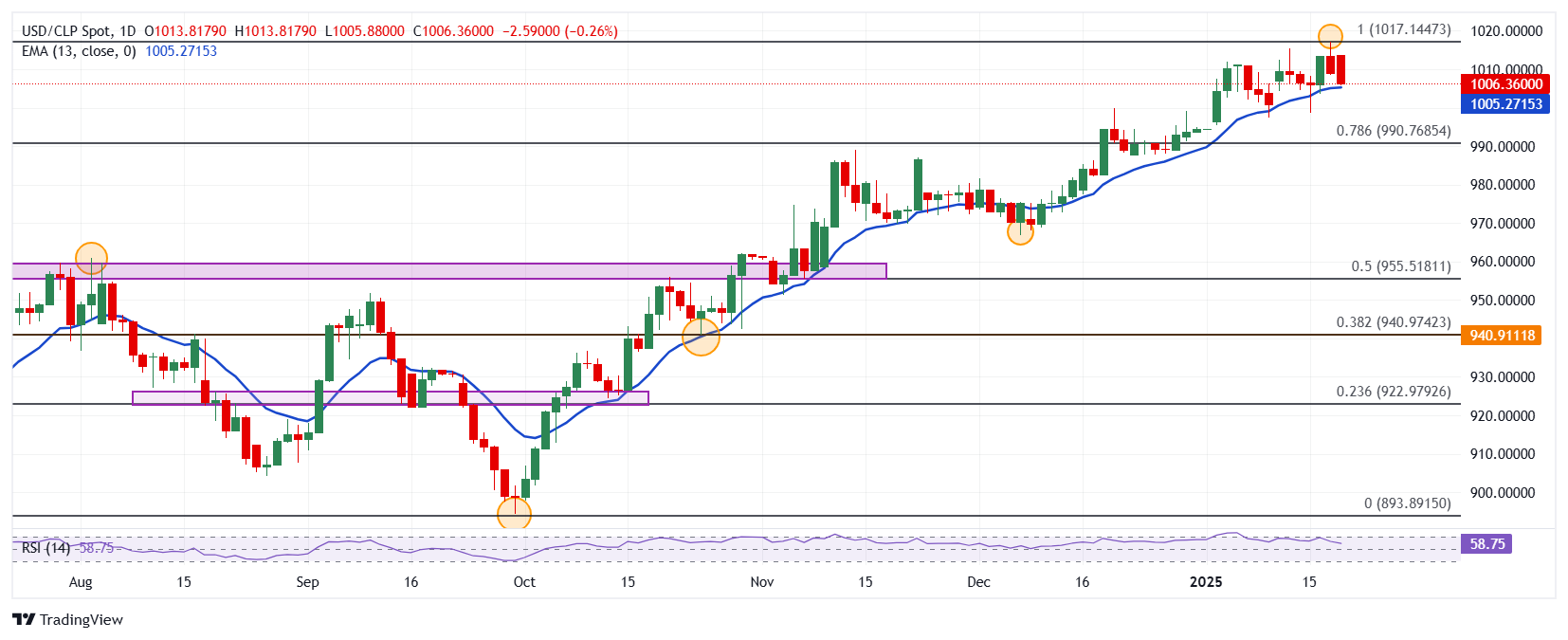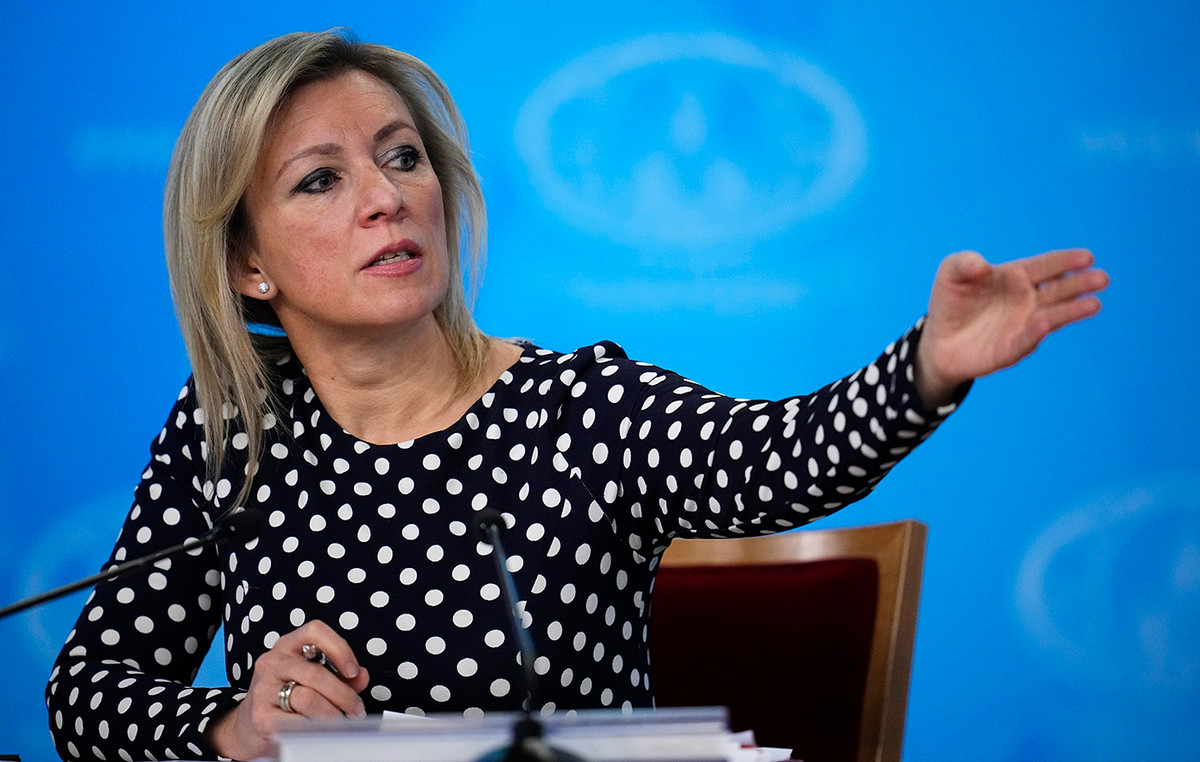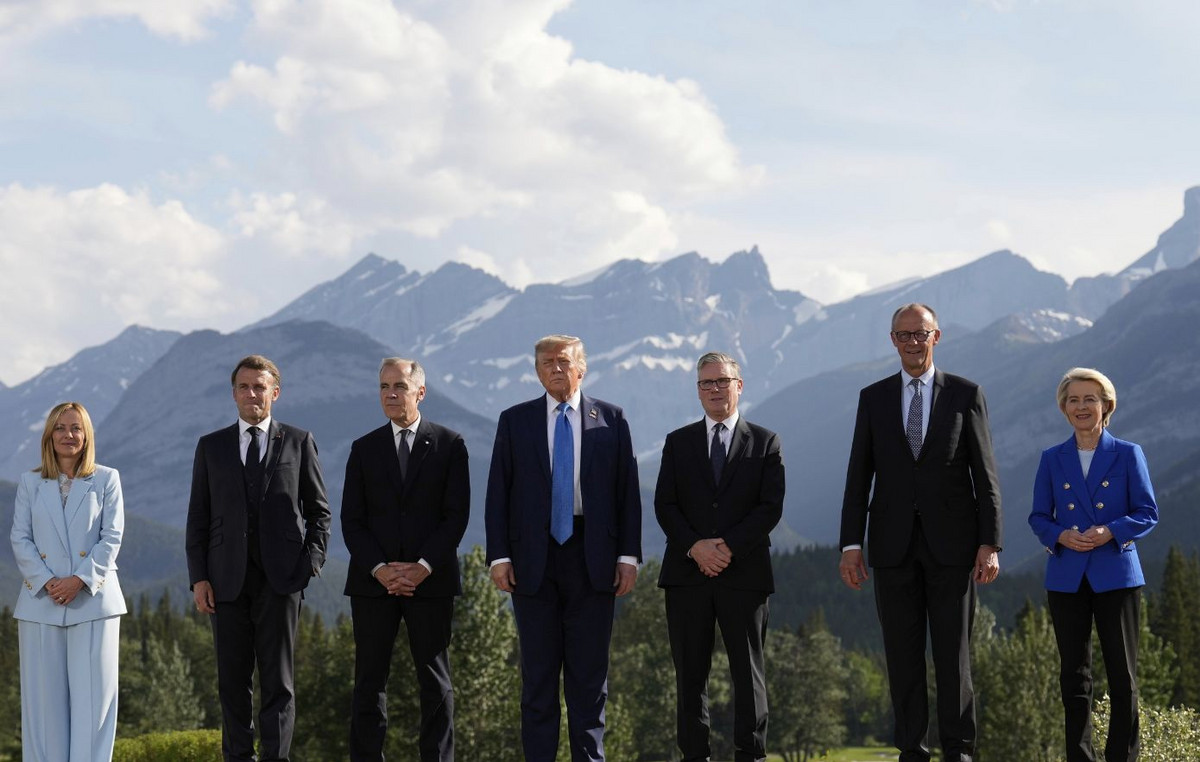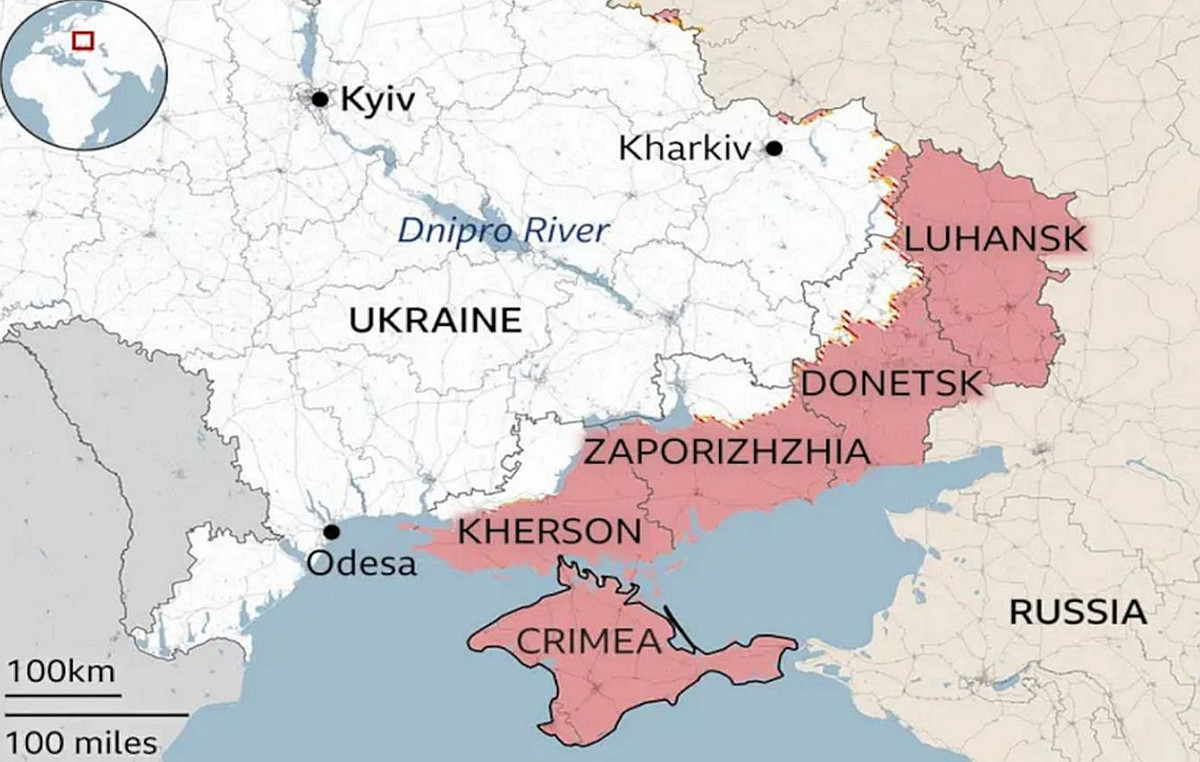- The Dollar loses 0.18% today against the Chilean Peso, trading at 1,007.10 at the time of writing.
- The Dollar Index (DXY) falls 1.24% daily, reaching almost two-week lows.
- The People’s Bank of China (PBOC) placed the one-year interest rate at 3.10%, in line with market estimates.
- Investors’ attention will be on the inauguration of Donald Trump as the 47th president of the United States.
USD/CLP set a daily high of 1,013.81, where it attracted sellers who dragged the pair to January 16 lows of 1,006.48. Currently, the USD/CLP is trading above 1,007.02, losing 0.19% today.
The Chilean peso appreciates with an eye on Donald Trump’s inauguration
The Dollar Index (DXY) lost 1.24% on Monday, currently trading at 108.21, reaching lows not seen since January 7 at 107.95.
The People’s Bank of China (PBOC) left its Lending Prime Rates (LPR) unchanged today. The one-year interest rate stood at 3.10%, while the five-year interest rate stood at 3.60%. This is the third consecutive time that the monetary authority has not made any movement since the cut made on October 21 from 3.15% to 3.10%. Traders remain attentive to China’s expansive economic policies that drive growth in copper demand in the short term.
On the other hand, investors’ focus will be on Donald Trump’s inauguration today. He is expected to lay out his trade vision as he prepares a team to closely evaluate potential tariffs on various trading partners.
In the midst of this context, the Chilean peso gains traction against the US dollar, taking advantage of the fall of the DXY against the main currencies of emerging countries.
Technical levels in the USD/CLP
The USD/CLP formed short-term support given by the December 6, 2024 low at 966.89. We observe the next key support level at 940.90, the minimum of October 24, 2024, which converges with the 38.2% Fibonacci retracement. To the north, the nearest resistance is around 1,050.26, the pivot point of July 19, 2022.
USD/CLP Daily Chart

US Dollar FAQs
The United States Dollar (USD) is the official currency of the United States of America, and the “de facto” currency of a significant number of other countries where it is in circulation alongside local banknotes. According to 2022 data, it is the most traded currency in the world, with more than 88% of all global currency exchange operations, equivalent to an average of $6.6 trillion in daily transactions. After World War II, the USD took over from the pound sterling as the world’s reserve currency.
The single most important factor influencing the value of the US Dollar is monetary policy, which is determined by the Federal Reserve (Fed). The Fed has two mandates: achieve price stability (control inflation) and promote full employment. Your main tool to achieve these two objectives is to adjust interest rates. When prices rise too quickly and inflation exceeds the 2% target set by the Fed, the Fed raises rates, which favors the price of the dollar. When Inflation falls below 2% or the unemployment rate is too high, the Fed can lower interest rates, which weighs on the Dollar.
In extreme situations, the Federal Reserve can also print more dollars and enact quantitative easing (QE). QE is the process by which the Fed substantially increases the flow of credit into a clogged financial system. This is an unconventional policy measure used when credit has dried up because banks do not lend to each other (for fear of counterparty default). It is a last resort when a simple lowering of interest rates is unlikely to achieve the necessary result. It was the Fed’s weapon of choice to combat the credit crunch that occurred during the Great Financial Crisis of 2008. It involves the Fed printing more dollars and using them to buy US government bonds, primarily from financial institutions. QE usually leads to a weakening of the US Dollar.
Quantitative tightening (QT) is the reverse process by which the Federal Reserve stops purchasing bonds from financial institutions and does not reinvest the principal of maturing portfolio securities in new purchases. It is usually positive for the US dollar.
Source: Fx Street
I am Joshua Winder, a senior-level journalist and editor at World Stock Market. I specialize in covering news related to the stock market and economic trends. With more than 8 years of experience in this field, I have become an expert in financial reporting.







